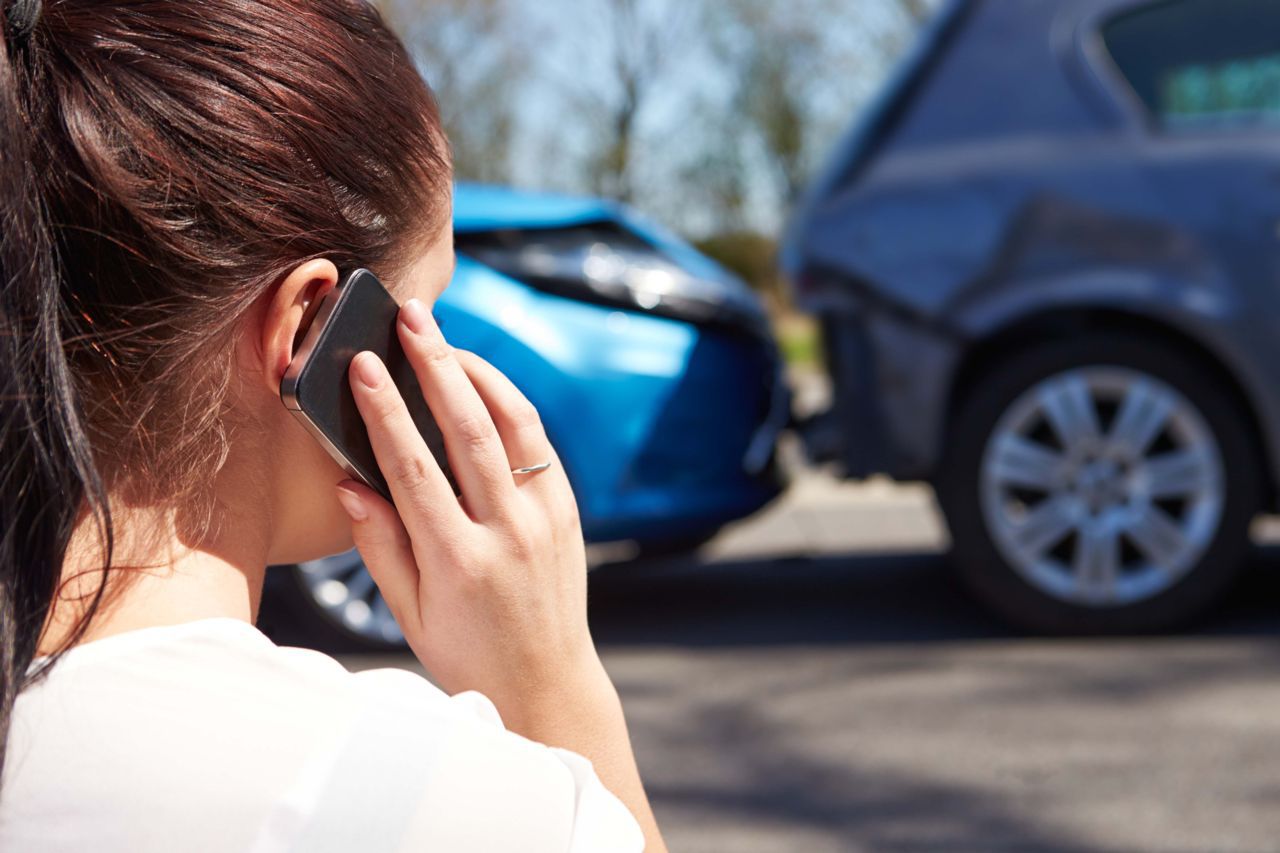
What is swerving?
Swerving refers to the act of making two consecutive counter-steers, in opposite directions, so you can avoid an obstacle along the way. You try to avoid a potential hazard and afterward, go back to your original lane. For Kentucky drivers, it pays to be extra cautious when behind the wheel, especially during certain times of the year. For example, in winter when there could be snow and ice or in October when it’s mating season for deer. The Kentucky State Police (KSP) gathered data showing collisions have seasonal peaks and that 47% of all crashes occur during the months of October, November and December.
The dangers of swerving
Some of this may seem like common sense, but swerving to avoid an accident is a valid response to get out of the way of a potential car accident. Perhaps someone is braking hard in front of you, a deer comes out of nowhere or a piece of debris is in the road, either way it’s reasonable that you’d avoid the obstacle. However, it’s also good to know the dangers when you do swerve to get out of the way. So, let’s go ahead and talk about the risks involved with swerving. These include:
- Single-vehicle collision. While drivers are trying to avoid an obstacle, the danger is for them to lose control and collide with another object. During these incidents, no contact usually occurs with the original obstacle, thus making the incident a case of single-vehicle collision. For example, say you avoided hitting a deer crossing the street but consequently crashed on a log on the side of the road. This is a single-vehicle collision.
- Putting your life in danger. MSN Auto listed down 10 of the most fatal driver mistakes. Landing in the number one spot was swerving – not staying in your lane, drifting into the adjacent lane or running off the road. In 2007, the National Highway Traffic Safety Administration reported that 15,574 people in the U.S. are killed merely because the driver didn’t stay in their lane.
- Hitting pedestrians. Pedestrians are also at risk when drivers suddenly move to the opposite lane or swerve to avoid a potential hazard. Since swerving is a sudden movement, it leaves the driver no time to investigate their surroundings, and whether this decision could be less harmful or more risky. Pedestrians, meanwhile, are caught by surprise and no longer get the chance to avoid the crash.
As a Kentucky Injury Attorney, I have heard horror stories about swerving while driving. It’s important to remember that these accidents caused by trying to miss a potential danger in your path can take place anytime. They don’t just happen during a certain season, like deer season. Animals aren’t the only dangers on the road, either. There is a good chance you will need to swerve at some point. However, if you’re aware of your surroundings, know where the cars are around you, and know what obstacles are around you, you will have a better chance of avoiding an accident.


